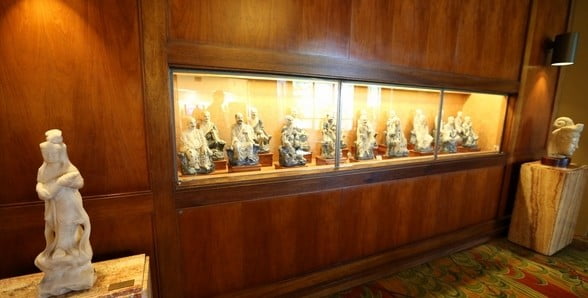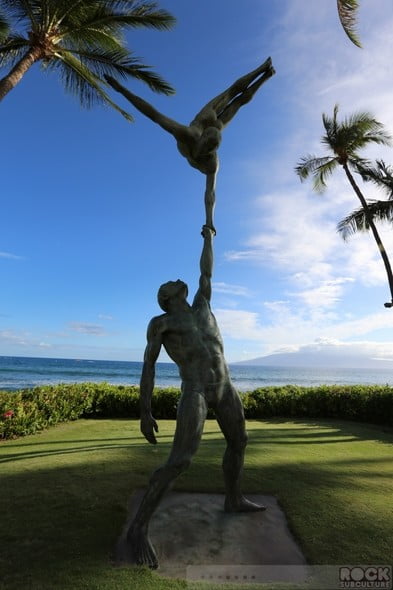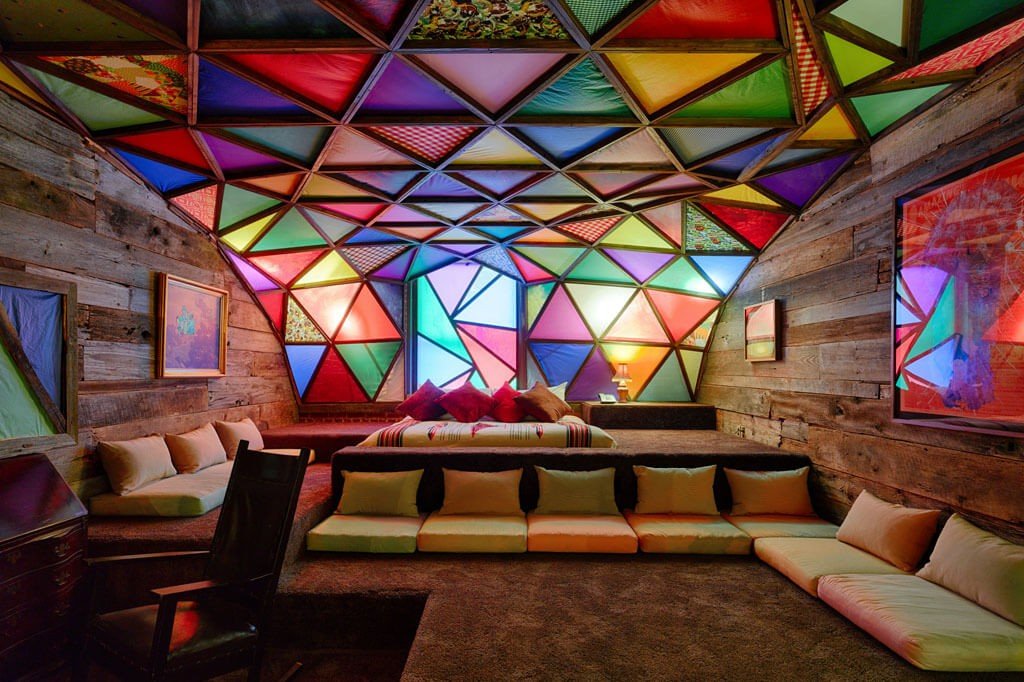Hospitality Art is intended to expand the branding strategies of hotels and rental properties. It’s the art that goes into the guest rooms, restaurants, and lobbies of hotels. The art features the culture or interests of the area the hotel is located in. Hospitality art is traditionally done by artists living in the area of the hotel’s location.
Artwork for hotels is usually chosen by Interior designers that decorate them. Designers often have a stable of artists they work with for murals or mass-produced prints. The less they know about art the more common it is to use online platforms that fit the theme and color of the business. The art they use is decorative and rarely has high value unless it’s in a protected place in the lobby, behind the counter, for example. There once was an “exhibit” of the artwork that had been hanging on the walls of Super 8 Hotels that was going to be replaced. Guests at the show could “literally take the old hotel art off the wall home with them for free”.
The more experienced designers work with consultants from top local galleries or art dealers that specialize in the art of a place and its history. They work with established artists in the area or purchase work that is harmonious with the spirit of their clients’ collections through international art fairs or auctions. Ironically, having a piece of your art placed in the lobby of a building, no matter how expensive or famous the art or the company, is considered the death of that artist’s career.
Chain Hotels that feature “hospitality art” are not to be confused with the hotels that double as galleries or Museum Hotels that are funded by private art collectors. They are literally museums where you can immerse yourself in art. The Fife Arms in Scotland features 16,000 antiques and 12,000 works of art but with internet and free breakfast.
A few decades ago the term hospitality art was known as low-budget hotel art. It was famed for its tackiness. In the late 1980’s, one of the cofounders of Studio 54, Philippe Starck, decided to create a few boutique hotels in NYC giving people what he called “a curated experience”. They were unique, elegant, and a destination place on their own. These six hotels birthed a new kind of hotel that featured million-dollar collections like Steve Wynn’s Bellagio in Las Vegas before he lost control of the company in 2000.
The Hyatt Regency on Maui had a six million dollar Asian Art collection alone. It was better than many art museums. (The Hyatt hotels were turned over to mainland management group and later acquired by another corporation). It was a time when having your work in a corporate art collection had more status than being in a museum in the US.

My personal experience with being commissioned to paint for luxury hotels was not pleasant. I lived in Hawaii for three years.
It was at a time when more art was sold off the Hawaiian Islands than in New York City. It was the crossroads of the Pacific and much of my older work was sold there to people in Japan and Australia.

I was commissioned to paint King Kamehameha’s treasures from his palace in Honolulu for the grand ballroom of the Hyatt Regency on Kauai. After I had left Hawaii, a huge hurricane (Iniki) caused 3 billion dollars in damage to the islands. It did a lot of damage to the hotel. Guests were evacuated to the lower level ballroom. I thought the two paintings would be safe. After all, they had put their guests in the same room as the art during the hurricane.
After the devastation, unskilled locals (not art conservators) were hired to clean up. They used pure bleach to clean the art (destroying it all) and even on a $50,000 chandelier which corroded the fine metalwork. (Crystals were falling off onto guests in the lobby).
Years later I returned to Kauai to get married and stayed at the Hyatt. I actually walked past one of my paintings and did not recognize it. It was destroyed. I wanted to repaint it or try and restore it. (I’ve had some conservation training in Italy). I put together a conservation plan/schedule for the hotel as they had a multi-million dollar art collection in their hotels in Hawaii.
I booked an appointment with the management and returned to the island to present it. They did not want to spend the money. The new management would rather use reproductions or mass-produced work than maintain the collection they acquired through their purchase.
I marked those paintings as “destroyed” in my Index of Artwork. I no longer have a photo of them recorded anywhere on my website or social media pages. Those paintings were commissioned for $35,000 each in 1990 and were terribly mistreated. I would never sell work destined for a hotel again, even a posh one.
Image: Museum Hotel, Louisville, Kentucky.


